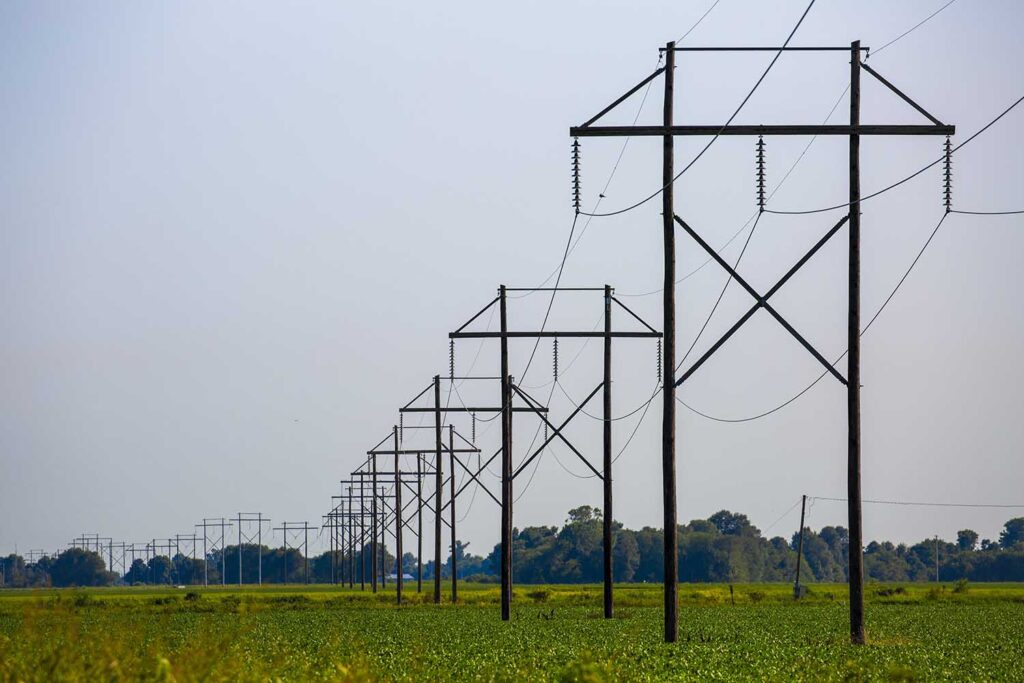
An expected surge in U.S. power demand from AI, data centers and other sources will be an “engine of growth” for electricity providers but also pose major reliability risks, two electric cooperative leaders warned at a recent event on supply threats to the grid.
Northern Virginia is home to many data centers that are having a “huge impact” on power consumption, Northern Virginia Electric Cooperative President and CEO David Schleicher said during a June 5 virtual briefing on “The Deepening Electricity Supply Crisis” hosted by the U.S. Energy Association.
About six years ago, Manassas-based NOVEC was a 1,000-megawatt distribution co-op, but its capacity has since doubled and is on the way to reaching around 8,000 MW.
“It’s our engine of growth,” Schleicher explained.
But that expansion comes with big challenges. Schleicher noted that data centers can be built in 18 months—well ahead of the four-year or longer lead times for some new substation equipment.
NOVEC gets its power from the PJM Interconnection, which relies heavily on the region’s natural gas and coal plants. But state and federal policies are pushing a shift toward carbon-free resources.
“[We’re] seeing an awful lot of renewable [energy] coming in with solar and offshore wind, which is going to be an integration challenge without new baseload generation,” Schleicher warned.
Rayburn Electric Cooperative faces similar challenges.
The Rockwall, Texas-based generation and transmission co-op is experiencing organic annual demand growth of 10%, and an influx of data centers is forcing them to plan for “doubling or even tripling our size,” Rayburn President and CEO David A. Naylor said at the briefing.
For Rayburn, all options are on the table for increasing supply, but when “you look at what’s available to meet those needs … you’re driven by the current technology,” Naylor said.
The co-op went so far as to purchase a natural gas-fired plant last year, but “we need more resources to meet our current needs, let alone… these additional data centers and [other demand sources],” he said.
In 2023, the North American Electric Reliability Corp. projected “material growth” in electricity demand in its long-term reliability assessment—a change from prior forecasts for flat to modest increases, NERC President and CEO Jim Robb said at the USEA event.
At the same time, the loss of many coal plants could rob the grid not only of power but other services such as spinning reserves, frequency response and voltage support, Robb said.
“As we pull any of these individual plants out, we’ve got to be mindful that we’ve got to replace not just the energy … but also the reliability benefits that they provide to the grid,” he said. “And that’s why we get concerned about the loss of traditional generation.”
Molly Christian is a staff writer for NRECA.